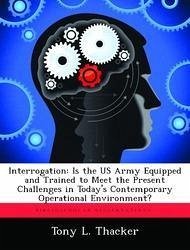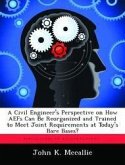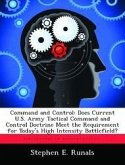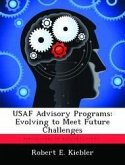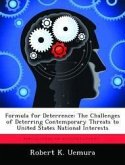Interrogations are a critical method for the United States of America to identify and develop intelligence on an asymmetric battlefield. The ability to gathering information that allows other elements within the military to conduct surgical attacks against enemy targets will remain a vital need for the United States military. In order for interrogations to be effective, the interrogator must be properly trained and equipped. The research in this thesis compares training methodologies between the US Army interrogation course, other countries' military courses, government agencies, and civilian interrogation courses. The research addresses equipment that may be used to better enhance the effectiveness of interrogator on the battlefield. Interrogation is the art of questioning and examining a source to obtain the maximum amount of usable information. The goal of any interrogation is to obtain usable and reliable information, in a lawful manner and in the least amount of time, which meets intelligence requirements of any echelon of command. Sources may be civilian internees, insurgents, Enemy Prisoners of War (EPW), defectors, refugees, displaced persons, agents, or suspected agents. According to FM 34-52 (1992), a successful interrogation produces needed information which is timely, complete, clear, and accurate.
Bitte wählen Sie Ihr Anliegen aus.
Rechnungen
Retourenschein anfordern
Bestellstatus
Storno

